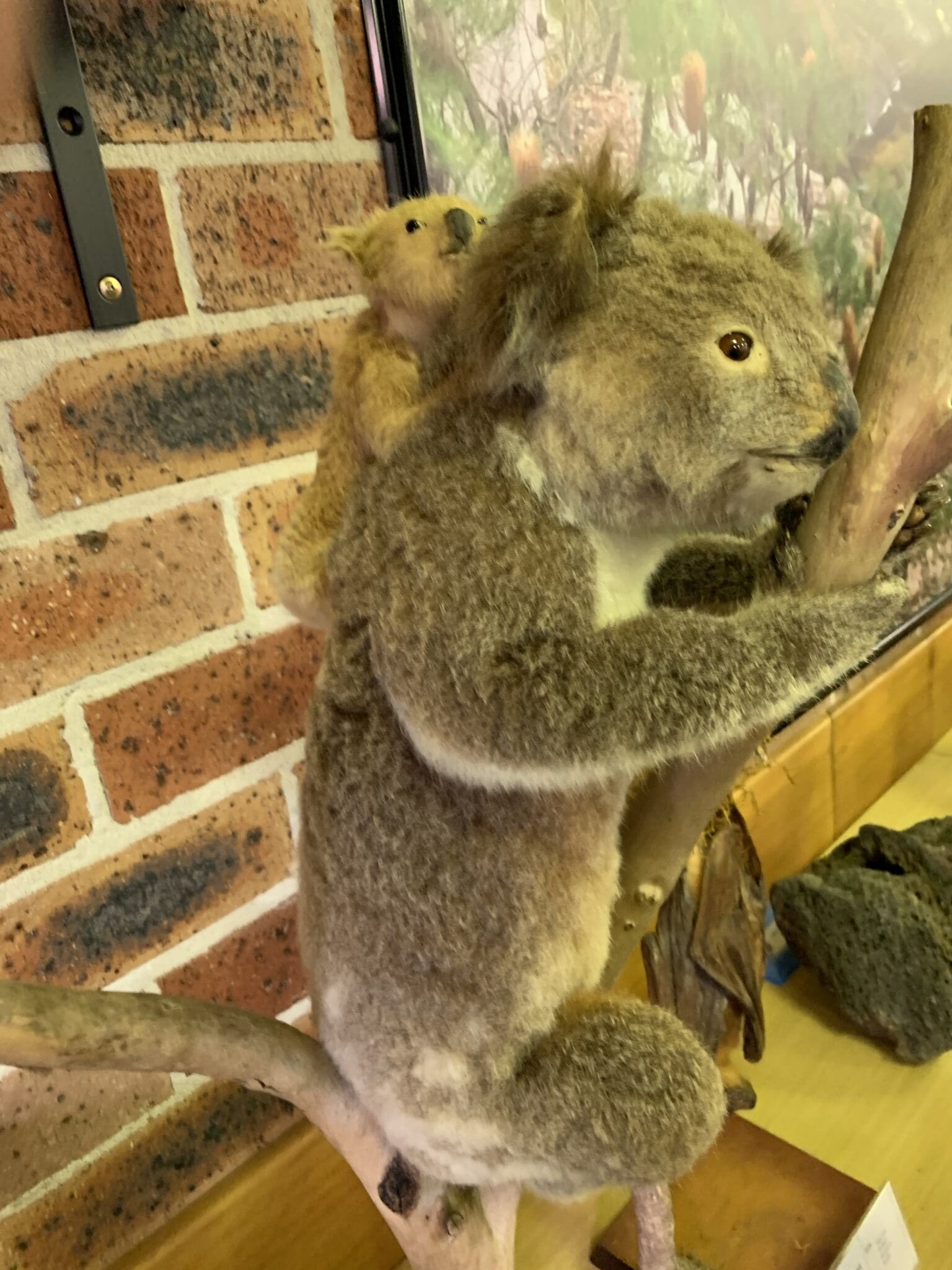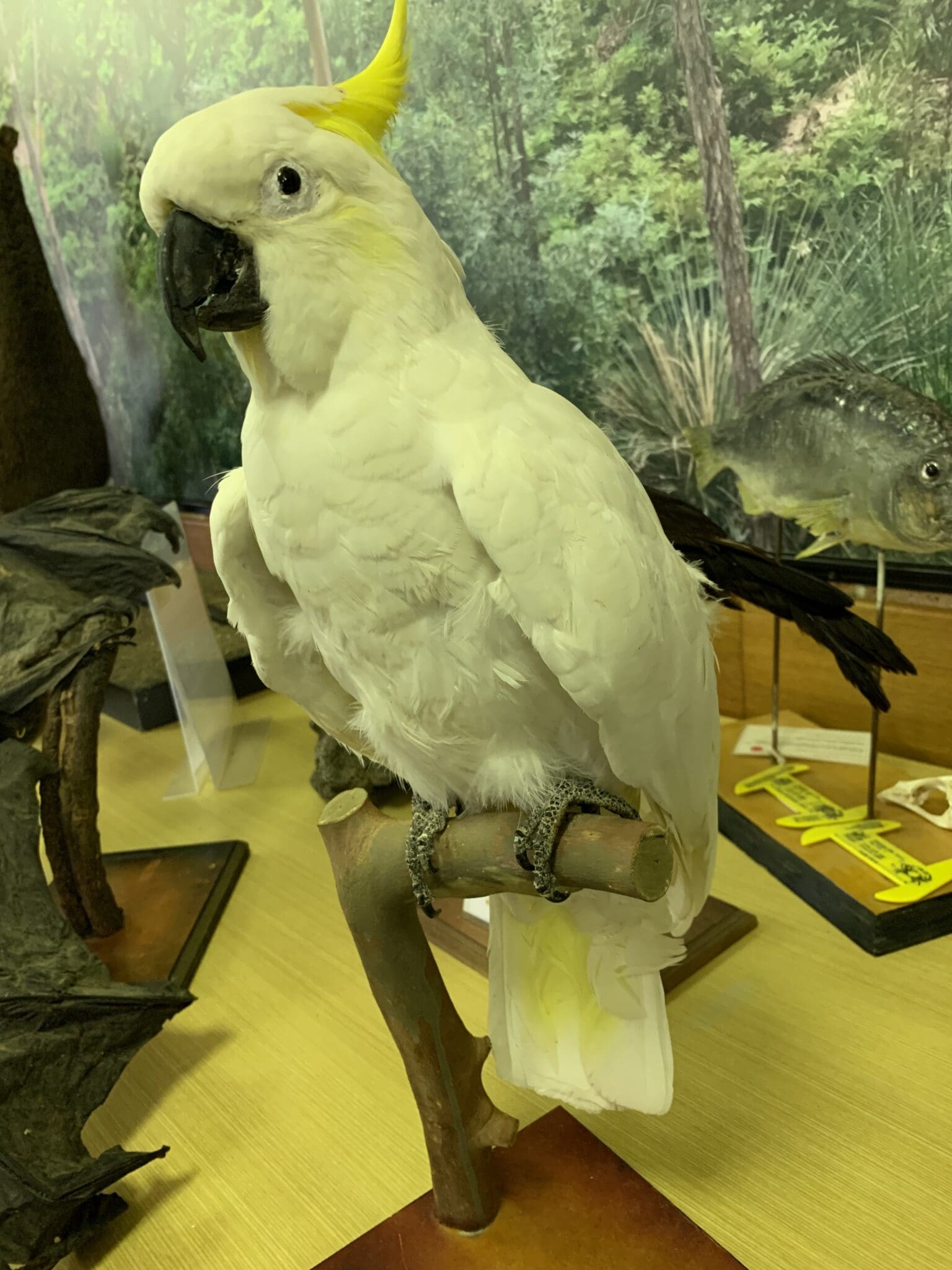Taxidermy Mounts
Native Australian Taxidermy Mounts need to have special care to ensure a range of pests don’t damage them.
Taxidermy Mounts
Anyone that has a single or collection of Taxidermy mounts needs to take care to ensure that pests are not attacking and damaging them.
Native Australian mounts are at particular risk as there are many different types of materials that have been used over time to create the mount. Many of these materials are themselves subject to Insect and Rodent attack.
A management plan should be put in place which may be quite simple or very complex depending upon the collection.
Small private collections can be managed in house using a variety of measures, call us for free advice.
Larger and institutional collections need to have an inspection and monitoring regimen put in place, often with specific monitoring stations to ensure early detection to aid in any treatment.
Pests that cause damage to taxidermy mounts
- Rats
- Mice
- Ants
- Cockroaches
- Stored product pests
- Termites
- Borers
- Hide Beetles
Australian native taxidermy mounts have a higher chance of being attacked by certain types of pests because of the composition of the forms.
In taxidermy very commonly mounted animals (such as Deer or some types of Fish) will often these days have a polystyrene or other mould that the Taxidermist “Mounts” the hide etc too, less common or protected species tend not to have this type of “form” available and the “form” itself can vary in composition, a brief outline is below
Types of Taxidermy Forms
- Traditional Stuffed Mounts
- Early taxidermy involved skinning animals and using materials like straw, cotton, rags, or sawdust for stuffing, resulting in heavy, static figures.
- Wire armatures (frameworks) were used for basic shaping and support.
- Mannequin-Based Mounts (Modern Taxidermy)
- Current taxidermy uses lightweight, pre-made polyurethane or foam mannequins that replicate muscle contours, providing lifelike poses.
- Skins are stretched over these forms, resulting in more realistic and detailed displays.
- Skeleton Articulations
- Instead of preserving skins, bones are cleaned and articulated, forming skeleton displays often for educational or scientific purposes.
- Materials used in mounting include metal wires, epoxy, and glue for stability and positioning.
- Freeze-Dried Taxidermy
- Freeze-drying preserves small animals or pets, using a process that removes moisture without altering the animal’s shape.
- Limited need for fillers, with minimal use of glues for securing small details.
When taking in to consideration all of the above componets that can be contained within a taxidermy mount it is easier to understand the myriad of pests that can be attacking mounts at any time.
This of course does not even mention the variations that there can be over time and with geographic location. One fact that stays very true over time and around the globe is that taxidermists tend to use the most freely available and therefore cheapest items that will do the job.
Then we come to the actual animal parts themselves and if we think about nature, when an animal dies its body “disappears” in no time, parly from larger carnivores but then from, rodents, insects and finally bacteria. Ashes to ashes and dust to dust.
As with all types of pest management arguably the most important part is inspection and identification of the pest, when it comes to monitoring mounts that we are unsure what components are inside we must at first presume the worst and monitor for that.




